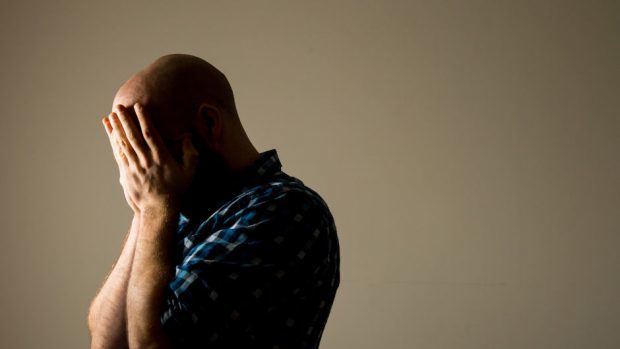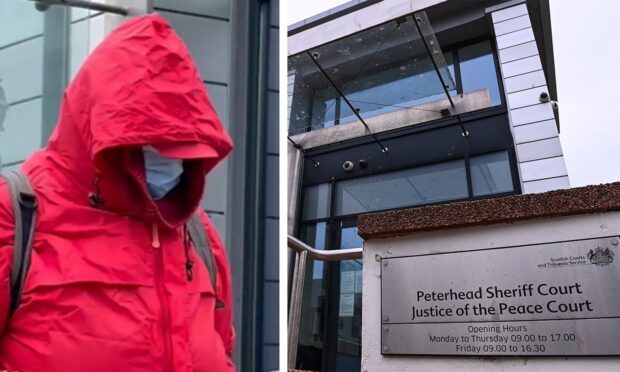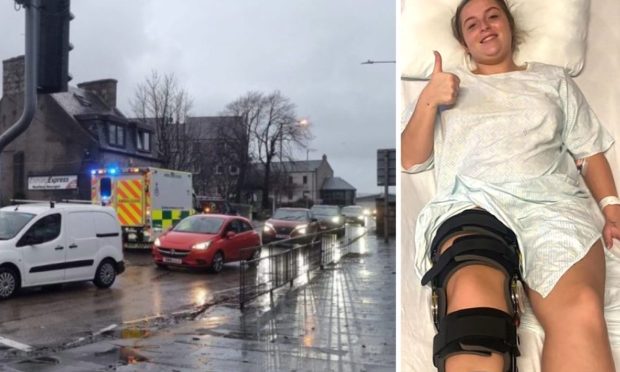A north-east anti-suicide campaigner has highlighted relationship break-ups as being the main cause of men considering taking their own lives.
Research focusing on Aberdeen, Aberdeenshire and Moray by the charity Choose Life outlined the importance of dealing with relationship problems.
Suicide is now the leading cause of death in men under 50 in Scotland, and 47 men took their own life in the Grampian region in 2017.
The majority of suicides – 80% – in the north-east last year involved men.
Choose Life co-ordinator for Aberdeen and Aberdeenshire, Iain Murray said: “The local data we have, for Aberdeen, Aberdeenshire and Moray, points to relationship break-ups being a major cause of male suicides.
“With that in mind, in April we ran a campaign asking why relationship break-ups were so hard.
“On May 17 we held a discussion panel on the outcomes of the campaign, which has had 3,200 views so far.
“We identified four key themes: dealing with someone else’s decisions; loss of family identity; co-parenting, child access and finances; and a new partner coming along.”
Mr Murray highlighted the importance of openness and talking, and backed plans announced yesterday by the University of Glasgow to begin PhD scholarships looking at male suicide and its prevention.
“I think what the University of Glasgow is doing is fantastic, in fact it could be ground-breaking.
“Anything, at any level, which improves suicide rates is something that we can get behind.
“Any one of us can face an episode in life which leads to us having suicidal thoughts.
“Some people think it must take years of mental illness to get there, but that’s often not the case.
“The fact that suicide is the leading cause of death in men under 50 in Scotland is a stark, stark reminder of what it is we’re dealing with here.
“Unfortunately, it is a statistic which still goes unnoticed and which still suffers from stigma.”
The latest available nationwide figures indicated that suicide claimed 728 victims in Scotland in 2016, with about 75% of those who died being men.
Last year Choose Life introduced a suicide prevention app, which has since won awards for its effectiveness and recently hit 30,000 users in the north-east. The app can be downloaded from Google Play or the App Store, or by visiting www.preventsuicideapp.com.
Scottish Association for Mental Health (SAMH) chief executive Billy Watson said: “There are relatively few studies in terms of those risk factors and behaviours that we are keen to understand more deeply. So we hope that this has the potential in Scotland to be a breakthrough piece of work.
“We know that men – where and how they seek help and at what time they seek help – is different largely from women.”










